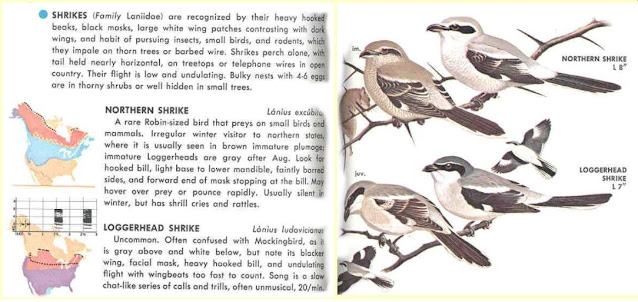 |
| #2845 "Female Snowy Owl" 18x14 oils on stretched canvas Started Saturday, February 17th, 2024 |
This female snowy owl had a whimsical, perhaps questioning expression on her feathered face. I was happy when that emotion also came through in the brush strokes. The owl would have been regarding the man with the camera in front of her and wondering what the fuss might be about. Female snowy owls might not be as showy as the almost virgin white males, but they are stunningly beautiful. That man in front of her would have been my friend, John Verburg, a naturalist and terrific photographer. John provides a tremendous source of inspiration during the winter when the windchill encourages me to stay within the Singleton Studio. John is also very respectful of nature and uses long lenses to give nature the space that it deserves.
Snowy owls nest all across the Arctic tundra of Alaska, Canada, Greenland, Scandinavia, and Russia. One careful estimate put their total world population at only about 300,000. However, their numbers undoubtedly vary from year to year, rising and falling with changes in food supply and other factors. They probably have declined overall in the last century.Within a few hours after hatching, the young nestlings are covered with fluffy white down which is replaced by darker gray down within a few days. Their first set of feathers, which takes a while to grow in, is basically white, but with a variable amount of black spotting and barring.
The number of eggs that the females lay will change from year to year, depending on how much food is available. When food is scarce, they may lay only three to five eggs and sometimes none at all. When food is abundant, as in a year when lemmings are in peak numbers, they may lay seven or even more eggs. This is part of the reason why their numbers can increase so rapidly in a good season.
Since most of their breeding range is above the Arctic Circle, snowy owls are in a regime of continuous daylight in summer. Snowy owls are thus used to hunting during the continuous light of summer or the dark of winter. Wintering Snowy Owls will often sit in one spot for most of the day, starting to become active near dusk, and doing much of their hunting at dusk or just after dark.
Most owls live in the forest and are active at night, so communicating by voice is a very important part of their behaviour. Since snowy owls live in open country, and they're active in daylight during the breeding season, they have less need for far-carrying sounds. Still, they do make hoarse hooting sounds as part of their territorial defence. They also make a variety of other sounds during interactions with their own kind, including shrieks, cackling barks, mewing cries, and snapping their bills shut loudly. Lone snowy owls on the wintering grounds are often silent.
Snowy owls are protected so it is best to give them their space.
The image is displayed on an old, large screen beside the studio easel built by my Dad. I go right to the brush. I typically start with the eyes which have to be perfect. If the eyes are not right, it would be best to stop before you go any further. The painting stays on the easel until I am satisfied... it can take a while! I am in no rush.For this and much more art, click on Pixels or go straight to the Collections. Here is the new Wet Paint 2024 Collection.
Warmest regards and keep your paddle in the water,
Phil Chadwick





















